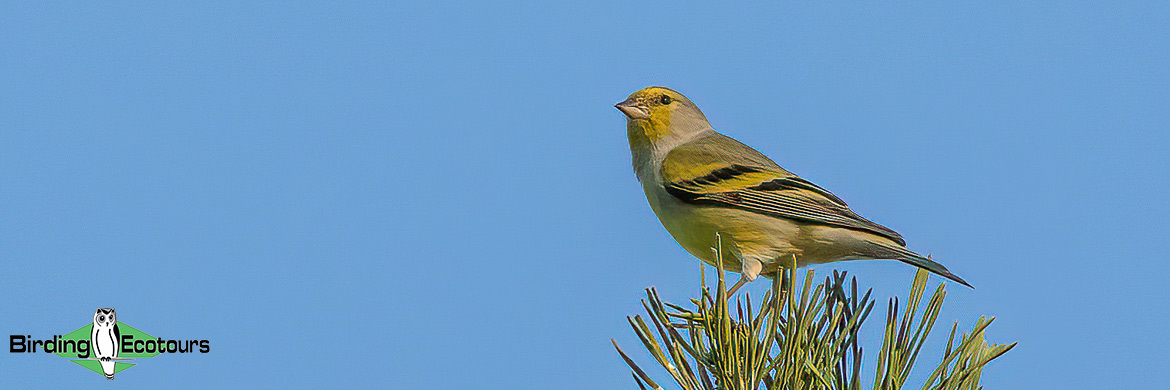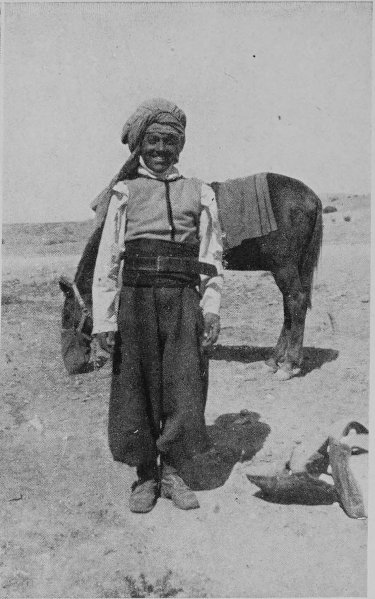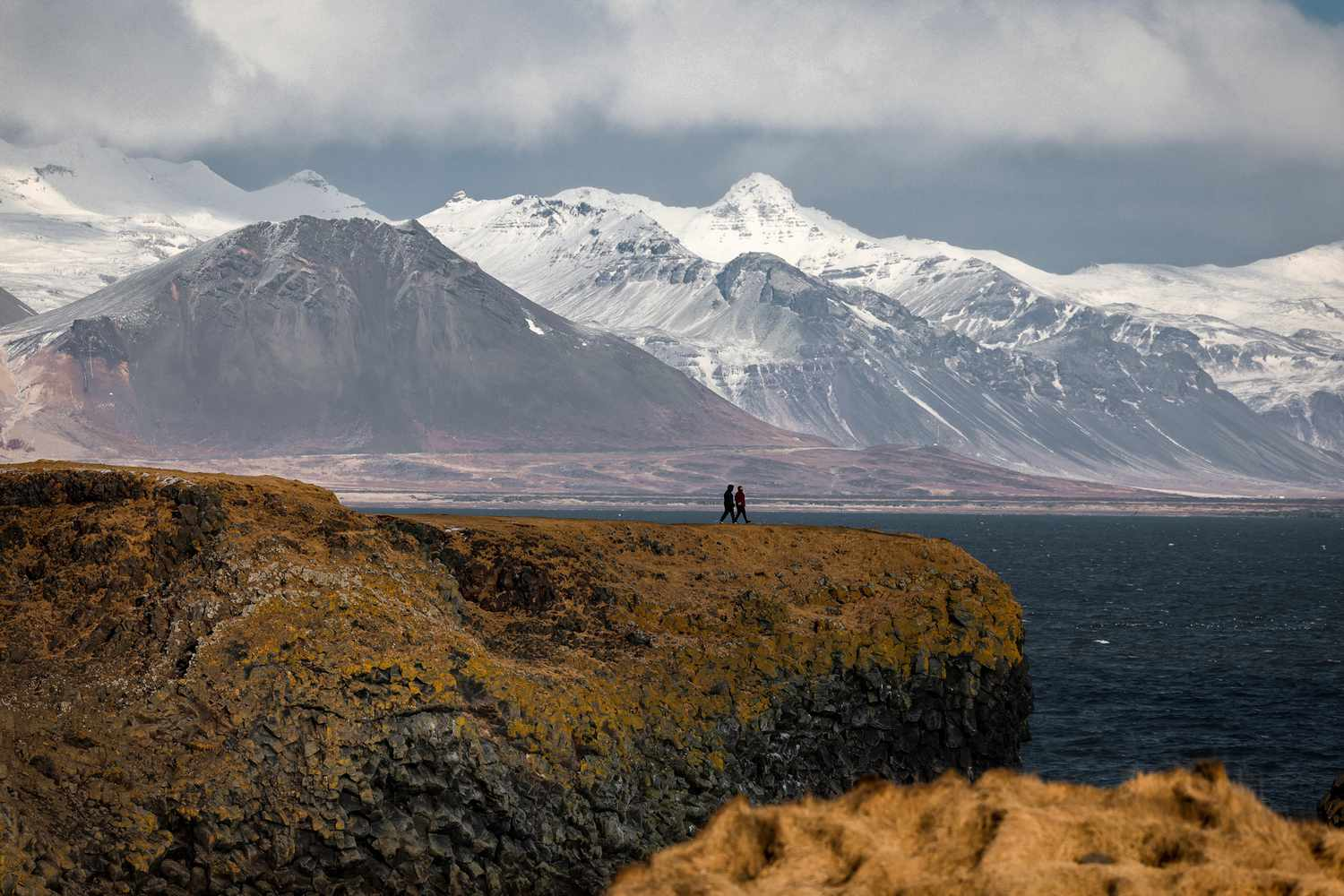- Published on
Soaring Through the Ages Traditional Moroccan Falconry in the Atlas Mountains
- Authors

- Name
- Adil ABBADI
Introduction
Perched on the rugged slopes of the Atlas Mountains, Morocco's Berber tribes have long perfected the ancient art of falconry. This majestic tradition, passed down through generations, has become an integral part of Moroccan heritage. With their piercing gazes and wings outstretched, falcons have been revered as symbols of power, freedom, and elegance. In this article, we'll delve into the world of traditional Moroccan falconry, exploring its cultural significance, historical context, and modern relevance.

- Cultural Context
- Traditional Significance
- Modern Relevance
- Cultural Preservation
- Conclusion
- Cultural Call-to-Action
Cultural Context
Falconry has been an integral part of Moroccan culture for centuries, with evidence of its practice dating back to the 12th century. The Berber tribes of the Atlas Mountains, also known as the Imazighen, have mastered the art of falconry, using it for hunting, sport, and as a symbol of status. In Berber culture, falcons are considered sacred animals, associated with the gods and revered for their strength, agility, and beauty.
Traditional Significance
Traditional Moroccan falconry is a highly respected art form, with falconers passing down their skills and knowledge from generation to generation. Falconers, known as "moussarf," would train young falcons, often taking years to develop a strong bond between the bird and its handler. The training process involves patience, dedication, and a deep understanding of the falcon's behavior and habitat. Falconry was not only a means of hunting but also a way to showcase one's skill, bravery, and prestige.

Modern Relevance
While modernization has brought changes to the traditional way of life, Moroccan falconry has managed to adapt and thrive. Today, falconry is recognized as an important part of Morocco's cultural heritage, with efforts to preserve and promote the tradition. The Moroccan government has established programs to protect the Atlas Mountains' ecosystem, ensuring the continued survival of the falcon population. Additionally, many Berber communities have established falconry schools and training programs, allowing younger generations to learn and appreciate this ancient art.
Cultural Preservation
Efforts to preserve Moroccan falconry are ongoing, with organizations and communities working together to protect the tradition. The Moroccan Falconry Association, established in 2010, aims to promote and preserve falconry, while also supporting sustainable tourism initiatives. These initiatives not only help preserve the cultural heritage but also provide economic benefits to local communities.

Conclusion
Traditional Moroccan falconry in the Atlas Mountains is a testament to the country's rich cultural heritage. This ancient art form has been passed down through generations, and its significance extends beyond its practical uses. Falconry represents a deep connection with nature, a symbol of power, freedom, and elegance. As we look to the future, it is essential to continue preserving and promoting this majestic tradition, ensuring its survival for generations to come.
Cultural Call-to-Action
As you explore the Atlas Mountains, take a moment to appreciate the rich cultural heritage of Morocco's Berber tribes. Visit local falconry schools, attend traditional festivals, and support sustainable tourism initiatives that promote the preservation of this ancient art. Let us celebrate the beauty and elegance of Moroccan falconry, and ensure its continued flight through the ages.
